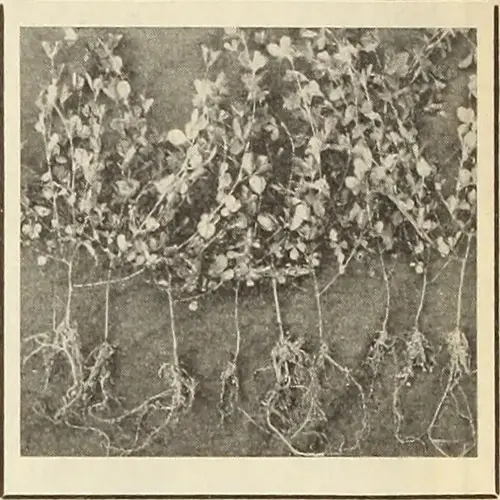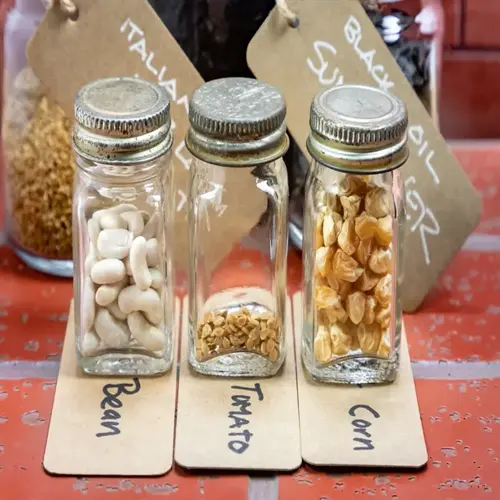When is the best time to start stratification?

Written by
Paul Reynolds
Reviewed by
Prof. Samuel Fitzgerald, Ph.D.Correctly timing seed stratification corresponds with natural seasonal cycles to maximize germination potential. I schedule cold treatments to complete 6 to 8 weeks from my area's last frost date. This way, seedlings emerge when the soil warms sufficiently for growth, and not prematurely.
Cold Zones 3-5
- Start alpine seeds like edelweiss in late October
- Begin temperate perennials in mid-January
- Avoid tropical species stratification entirely
Moderate Zones 6-7
- Start woodland natives in early December
- Begin Mediterranean herbs in late January
- Complete stratification by mid-March
Warm Zones 8-10
- Start high-chill fruits like apples in November
- Begin native perennials in early January
- Skip stratification for most subtropical species
Alpine seeds require an early start because they need extended freezing. I started edelweiss stratification in October for planting in April. Temperate perennials, such as coneflowers, germinate in January for emergence in March and April, which aligns with the natural spring emergence timing.
Determine your last frost date using local agricultural extension information. I typically backtrack 8 weeks for most perennials. For milkweed requiring a 30-day cold treatment, start placing seeds in the fridge around January 15 in zone 6. This timing works out well for sprouting, which is ideal for planting in mid-April.
Tropical species, such as peppers and tomatoes, do not require cold treatment. Start indoors 6-8 weeks before the last expected frost date. These don't need stratification. I direct-sow tropical seeds in seed trays under grow lights to prevent cold exposure, which can impair germination.
Maintain a gardening schedule that includes the type of seed and starting dates for the year. I will log stratification times and expected end dates. Every year, I adjust it according to the weather. Good timing changes stratification from a tedious task to a natural seasonal cycle.
Read the full article: How to Stratify Seeds: Ultimate Methods Guide

